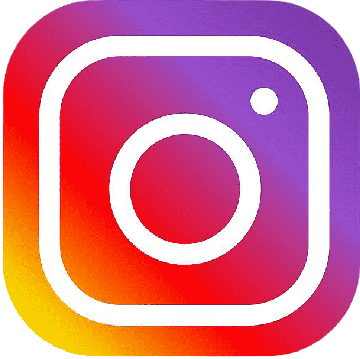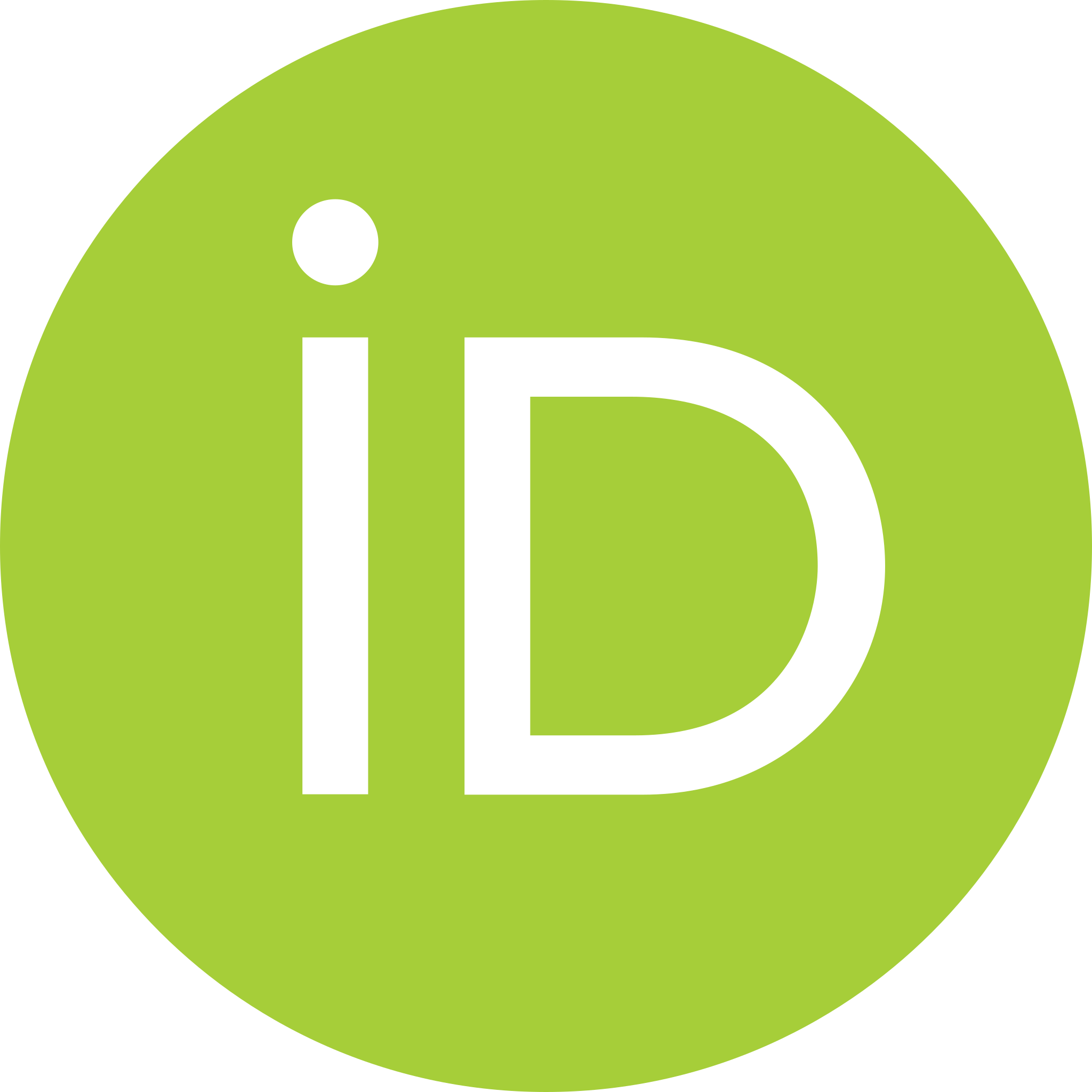Author Guidelines
Writting Format
Writing OrganizationArticles use Microsoft Word software (MS. Word) in custom size (21 cm x 28 cm), then the text is typed in one (1) space. The fonts are based on Book Antiqua measuring 8pt and double column, in contrast to the inclusion of graphics, tables, and images that must be in one column (one-column layout). Furthermore, the length of the manuscript is no more than 20 pages with the top, bottom, and left margins equal to 1.1 centimeters (1.1 cm), then the right margins to 0.5 centimeters (0,5 cm). The results section and discussion can be added subtitles written in Book Antiqua font 8 and bold, the new paragraph is written inward, between paragraphs not spaced.
The title of the scientific work is stated in a minimum of 10 words and a maximum of 20 words are made in two languages (Indonesian and English). After the title, followed by the inclusion of the full name of the author without abbreviating (not including an academic degree), the department's identity (please choose one: Faculty / Study Program / Bureau / Division) from the closest line in the author's hierarchy position line and separate commas (,) continued with the institution's identity (can be chosen by one: University / Institute / High School / Institution) where the author works, then lists the e-mail address as the medium of reader correspondence with the author at the very bottom of the first page. The focus of the article is aimed at the study of postmodernism from the perspective of communication science or other scientific rules, reflected in the topic and its title.
Self-explanatory summary of research results, without too detailed explanation. The abstract should be clear, concise, and descriptive. This abstract should provide a brief introduction to the problem (preferably 1-2 sentences, the objective of the paper, the research method in short, and a summary of results. The abstract should end with a comment on the significance of the results or a brief conclusion. Abstracts are written in 7 pt Book Antiqua, preferably not more than 200 words.
The introduction includes a description of the problem, scope, and literature review related to the problem under study and ends with the purpose of research/writing the article. The writing of reference citations follows the following format: author (year) or (author, year), for example, Nana (2007) or (Nana, 2007). Authors consisting of 2 people, both written in quotes, for example: Purba &; Sasmita (2022) or (Purba &; Sasmita, 2022). While authors consist of 3 or more people, the way to quote is Purba et al. (2022) or (Purba et al., 2022). The name of the author quoted is the name written at the beginning of the bibliography. The author must ensure that all citations in the body of the article have been written as reference sources in the bibliography and vice versa must also ensure that all sources in the bibliography are cited in the body of the article.
Text is typed in Custom Size format (21 cm x 28 cm), with top, left, and bottom margins of 2.5 cm each, and right of 0.5 cm. The torso of the text uses Book Antiqua letters with a size of 8pt, space 1, regular, and in two-column format each column 9.23 cm, and the distance between columns is 0.35 cm. The first sentence of each paragraph is written indented into 0.42 cm.
The manuscript is an original work in the form of research results or studies in the fields of general management (finance, banking, marketing, human resources, operations, strategic management) and entrepreneurship that have never been published at home or abroad. The manuscript is written in Indonesian or English maximum of 20 pages. In the last paragraph of the introduction, the urgency or purpose of the research is stated.
Methods include a detailed description of the place and time of research, important materials and tools used, methods, and research design, and analytical techniques used in solving problems. Illustrations can be images, graphs, diagrams, maps, and photographs, and can be made in one column or two columns depending on the magnitude. Illustrations are sequentially numbered and headings are at the bottom center. To facilitate numbering and titling images and tables, you can use the Caption facility. Figure 1 is an example of the inclusion of an image.
Results and Discussion is an objective description of research results related to research objectives and discussion. The discussion needs to be supported by literature and research. Tables should not be truncated unless the length of the table does not allow fit on a single page.
The conclusions are made concisely and adequately answer the purpose of the study, Do not repeat the contents of the abstract, and do not be impressed to review the discussion again. Implications or suggestions may be added (not required), such as suggestions for further research related to the topic, or the possibility of development or application, and this section is created in a new paragraph, without sub-chapter headings. Conclusions are in the form of paragraphs, not in the form of list/numbering items. If there is to be a list/numbering item, it is allowed but written in paragraph form.
Unpublished materials disclosed in a submitted manuscript must not be used in an editor's research without the express written consent of the author.
Submission Preparation Checklist
As part of the submission process, authors are required to check off their submission's compliance with all of the following items, and submissions may be returned to authors who do not adhere to these guidelines.
- The submission has not been previously published, nor is it before another journal for consideration (or an explanation has been provided in Comments to the Editor).
- The submission file is in Microsoft Word document file format.
- Where available, URLs for the references have been provided.
- The text is single-spaced; uses an 8-point font; employs italics, rather than underlining (except with URL addresses); and all illustrations, figures, and tables are placed within the text at the appropriate points, rather than at the end.
- The text adderes to the stylistic and bibliographic requirements outlined in the Author Guidelines, which are found in About the Journal.
- If submitting to a peer-reviewed section of the journal, the instructions in Ensuring a Blind Review have been followed.
Privacy Statement
The names and email addresses entered in this journal site will be used exclusively for the stated purposes of this journal and will not be made available for any other purpose or to any other party.




 Phone. +6282230101105
Phone. +6282230101105 Email.
Email.  Web.
Web. 


